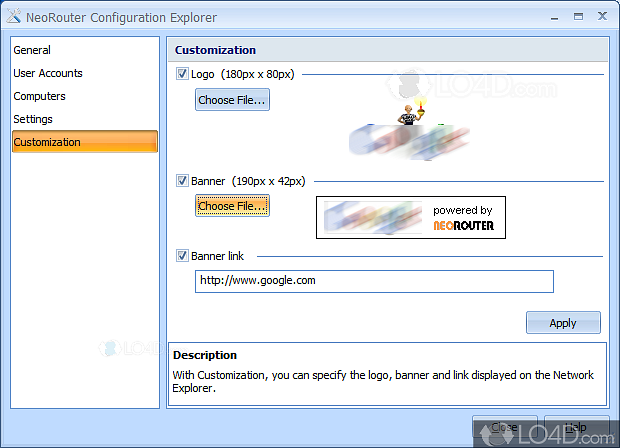

NeoRouter Pro is designed for commercial usage in the production environments. On the other hand, if the main office OpenVPN server is NOT also the gateway, then whatever machine or router, which IS the gateway, must know to route 10.3.0.0 subnet 255.255.255.0 to the machine which is running OpenVPN. NeoRouter is a cross-platform zero-configuration VPN solution that securely connects Windows, Mac, Linux and FreeBSD computers at any locations into a virtual LAN and provides a networking platform for various applications like remote desktop, shared folders and printers, offsite backup, voice & video chat, etc. If the OpenVPN server in the main office is also the gateway for machines on the remote subnet, no special route is required on the main office side.

Routes can be conveniently specified in the OpenVPN config file itself using the -route option: route 10.0.0.0 255.255.255.0 10.3.0.1 The road warrior needs this route in order to reach machines on the main office subnet: route add 10.0.0.0 mask 255.255.255.0 10.3.0.1 (this is a shell command) Ifconfig option in OpenVPN config: ifconfig 10.3.0.1 255.255.255.0 private ethernet I transferred a 30 MB video file from my home in San Jose to my parents’ in Boston in about 3 minutes using NeoRouter while Hamachi would usually take 5-6 minutes. Road Warrior (Windows) TAP-Windows Adapter NeoRouter can establish direct P2P connections just like Hamachi, but it is much faster. Here is a possible road warrior network configuration:

If you set up a routed VPN, i.e., one where local and remote subnets differ, you need to set up routing between the subnets so that packets will transit the VPN.


 0 kommentar(er)
0 kommentar(er)
